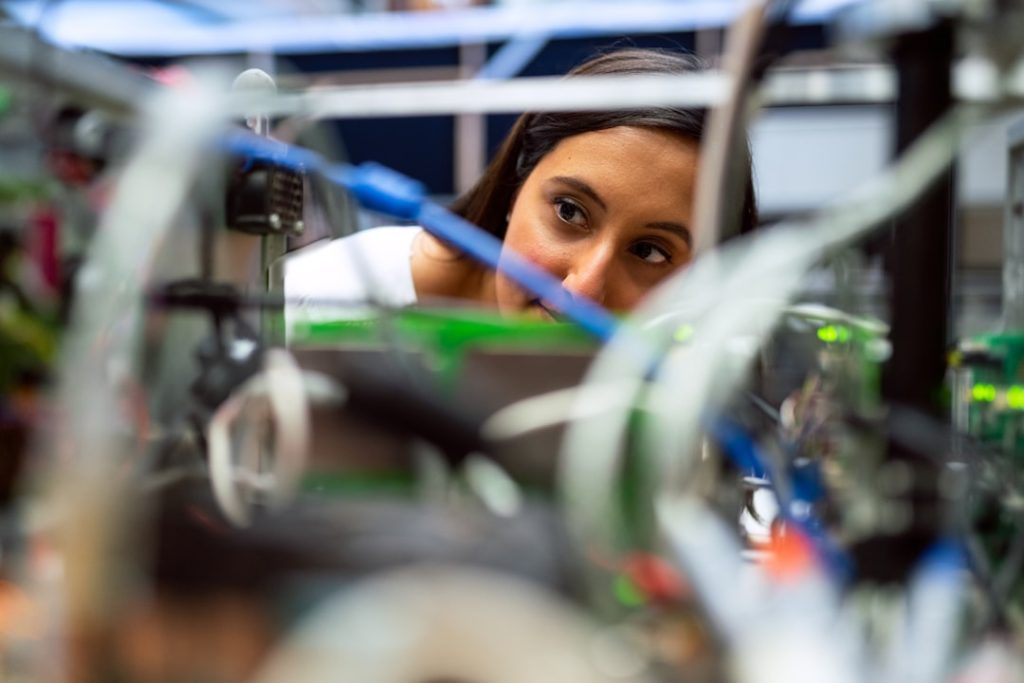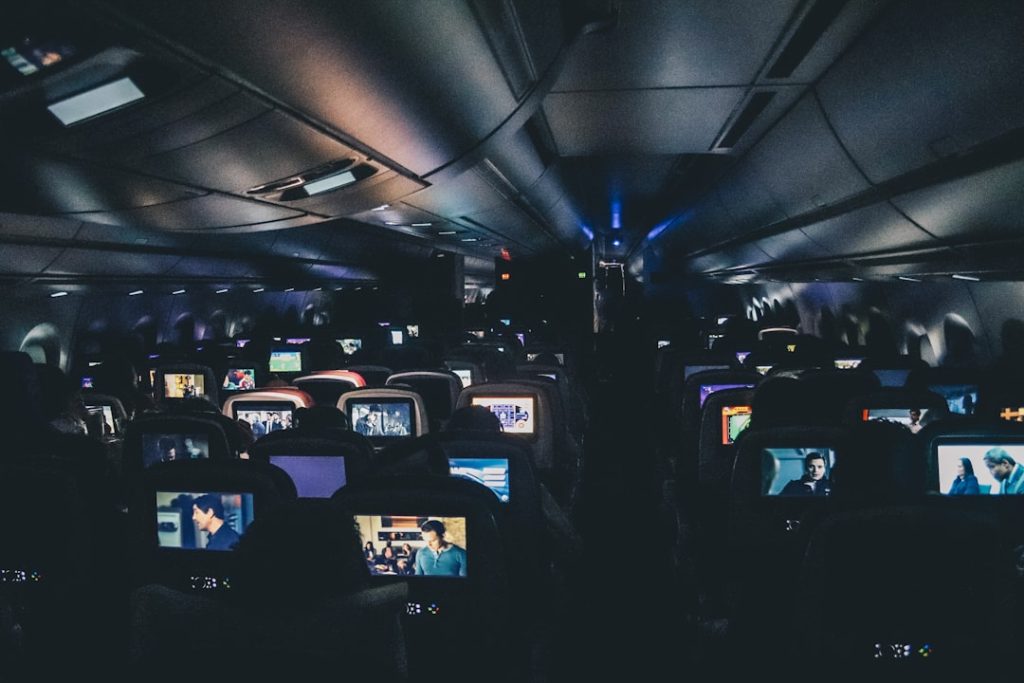Top 5 Industries Benefiting from 3D Scanning Technology
Introduction to 3D Scanning Technology
3D scanning technology has revolutionized various industries by enabling precise and efficient data capture of physical objects. This advanced technology uses laser, light, or x-rays to create detailed 3D models, which can be used for a multitude of applications. From improving product design to enhancing quality control, 3D scanning is making a significant impact across various sectors.
Manufacturing and Engineering
The manufacturing and engineering industries are among the primary beneficiaries of 3D scanning technology. By using 3D scanners, manufacturers can create highly accurate prototypes, conduct quality inspections, and reverse engineer parts. This technology helps in reducing production costs and time, while also ensuring that the final product meets the highest standards of quality.

Additionally, 3D scanning aids in the maintenance and repair of machinery by providing precise measurements of worn-out parts, facilitating the creation of exact replacements. This results in reduced downtime and increased efficiency in manufacturing processes.
Healthcare and Medical
In the healthcare and medical industries, 3D scanning technology is transforming patient care and medical research. It is widely used to create accurate models of patient anatomy for surgical planning, prosthetics, and orthotics. This ensures a perfect fit and improves the overall success rate of medical procedures.
Moreover, 3D scanning is used in dental practices to create custom dental implants and orthodontic devices. By capturing detailed images of a patient’s mouth, dentists can design and produce precise dental solutions that enhance patient comfort and treatment outcomes.

Architecture and Construction
Architects and construction professionals are leveraging 3D scanning technology to improve project accuracy and efficiency. By scanning existing structures and sites, they can create detailed 3D models that assist in planning renovations, restorations, and new constructions. This technology helps in identifying potential issues early in the project, saving time and resources.
Furthermore, 3D scanning is used to monitor construction progress and ensure that the work aligns with the design specifications. This real-time data capture allows for quick adjustments and helps in maintaining project timelines.
Entertainment and Media
The entertainment and media industries are also reaping the benefits of 3D scanning technology. It is used to create realistic visual effects, animations, and virtual reality experiences. By scanning real-world objects and environments, artists can develop highly detailed and lifelike digital assets for movies, video games, and other media productions.

Additionally, 3D scanning is employed in the preservation and restoration of cultural heritage sites. By creating digital replicas of historical artifacts and monuments, it ensures their preservation for future generations and enables virtual access to these treasures.
Automotive Industry
The automotive industry utilizes 3D scanning technology to enhance vehicle design, manufacturing, and quality control. By scanning car parts and assemblies, manufacturers can create accurate digital models that aid in the design and testing of new components. This helps in identifying and resolving potential issues before production, reducing development time and costs.
Moreover, 3D scanning is used for quality inspections to ensure that each part meets the required specifications. This technology also assists in reverse engineering and the production of aftermarket parts, providing a significant advantage in maintaining and upgrading vehicles.
Conclusion
In conclusion, 3D scanning technology is making a profound impact across various industries by enhancing accuracy, efficiency, and innovation. From manufacturing and healthcare to architecture and entertainment, the benefits of this technology are vast and far-reaching. As 3D scanning continues to evolve, it will undoubtedly open up new possibilities and drive further advancements in these sectors.

